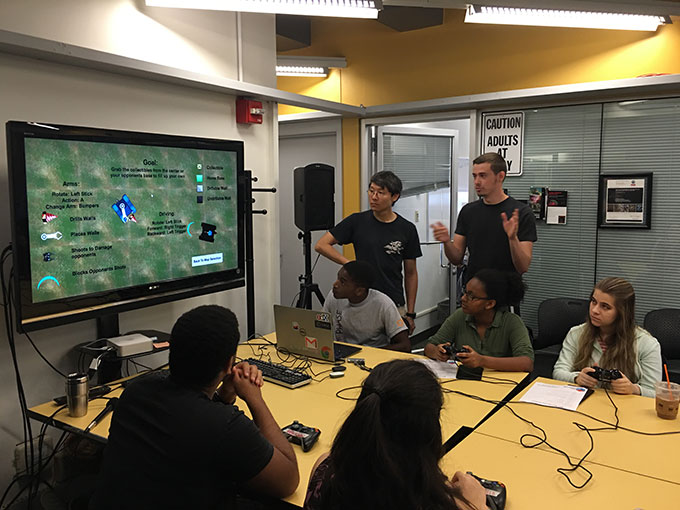Innovative ideas can come from virtually anywhere. Companies like Collab+ Sesame and Houghton Mifflin Harcourt have invested millions in next-generation startups, while Mattel is searching for new inspiration on primetime television.
But Rizwan Virk, a serial entrepreneur and investor behind Cambridge, Massachusetts-based Bayview Labs, is taking an accelerated approach. Together with Seraph Group and MIT Game Lab, his company has created a startup accelerator called Play Labs at MIT to find what he deems are “playful technologies” that harness AR, VR or AI.
“MIT Game Lab has been doing lots of research on technologies that are being utilized in many different areas in education and games,” says Virk. “The accelerator is for people who want to apply the tech to any area that could be for entertainment, eSports, health care or even finance.”
A big aim of the accelerator, though, is to find companies that educate kids through entertainment—something that MIT’s Game Lab and Education Arcade are already large proponents of.
The accelerator is accepting applications until February 21 for any new startup that has at least one member connected to MIT, whether it’s a student, professor, staff or alumni. The judges’ panel is looking for groups that push the boundaries of current VR, AR, and AI. As Virk points out, a lot of VR right now is just about looking around, and he would like to see the startups create even more interactive experiences.
Five to 10 companies will be selected and announced in March, and then the accelerator will run from mid-June to late August. Each group will receive US$20,000 at the onset of the program from the Seraph Group, and any startup that can raise an initial seed round of funding during Demo Day is eligible for another US$80,000. If the program is successful, then Virk will expand it with more startups—and perhaps beyond MIT.
“You can imagine things like virtual Lego blocks and being able to build things using some combination of VR and AR, which would help kids really have an interactive experience beyond just touching things on the phone, which is obviously very popular with games today,” says Virk. “But I think kids in general will migrate towards VR and AR very quickly once there are enough headsets out there.”
In terms of what sort of out-of-the-box thinking Virk is courting, he says, “It would be cool to see people create something within a persistent virtual world, kind of like Second Life. It would be great to see the next version of that and as we’re entering the VR and AR stage. Or a real-life Minecraft where you’re actually in that world building things.”
In fact, Virk believes gaming is truly driving technological advancements, and he is baking on VR to be the big leader in that sect.
“Going back to the early days of computers in the 1960s, MIT was the location of one of the very first video games ever built. Over time, the institution has driven requirements for computer graphics that have been used in other industries,” he says. “With VR, your ability to actually enter a virtual space and be there improves the ability for interaction as well as understanding. You can learn so much from being in another environment.”























